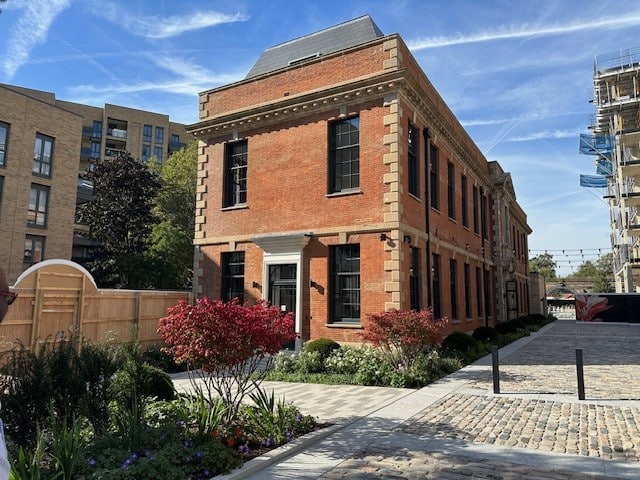
01 Jul Why Piled Raft Foundations Are Ideal for New Build Homes and Extensions
Whether your project is a new build or an extension to an existing building, the single most important thing is to have solid, effective foundations. Without these, the best-built structure is likely to run into problems.
The main types of foundation are traditional strip foundations, raft foundations and piles. In some circumstances, however, the best solution is to combine the two. So what exactly are piled raft foundations (or pile and beam foundations), and why are they ideal for new build homes and extensions?
Piles, Rafts and Piled Raft Foundations
One of the most common traditional methods of creating foundations, aside from mass concrete strip foundations, is the raft method. This involves laying a raft of concrete below ground, covering the full footprint of the building, which spreads the load evenly over the whole area.
More recently, piled foundations have grown in popularity. This involves sinking concrete piles to a much deeper level than a raft could be constructed, taking the load down to a firmer level of subsoil.
With piled raft foundations, you have the best of both worlds. The raft, which can be shallower than without the piles, will spread the load out, while the piles provide an extra level of support from the deeper subsoil.
When Are Piled Raft Foundations Especially Necessary?
Piled raft foundations are well-suited for most new build homes and extensions, but they can be particularly effective in situations where weaknesses in the ground conditions are present. They reduce differential settlement and improve stability.
Particular types of soil particularly benefit from this. Clay-rich soils, widely found in the London area and elsewhere, are prone to movement due to seasonal variations in moisture content, whereas sandy soils provide very weak support.
Another challenge can be when building on brownfield sites, where the rubble of former structures may still be present in the soil. Piled raft foundations provide secure support without the need for expensive excavation of the materials.
What Are the Advantages of Piled Raft Foundations?
Piled raft foundations provide the perfect combination of more stability and quicker, lower-cost construction. This is important for buildings of all sizes, but in particular for extensions with limited access for heavy equipment, where the foundations can be put in with minimal disruption.
This type of foundation is perfect for modular and timber-frame builds, where load distribution needs to be both uniform and predictable. They also work well on sloping sites, where a stepped or split-level design is needed, which brings more land into play within urban regeneration plans.
Piled rafts also obviate the necessity of a structural beam/block floor.
As if all this weren’t enough, piled raft foundations are also environmentally friendly. This is because less excavation is needed, as well as a reduction in the amount of concrete required.
If you’re looking for piled raft foundations from piling contractors in London, the surrounding areas or South East England, give U&M a call to discuss your needs.




